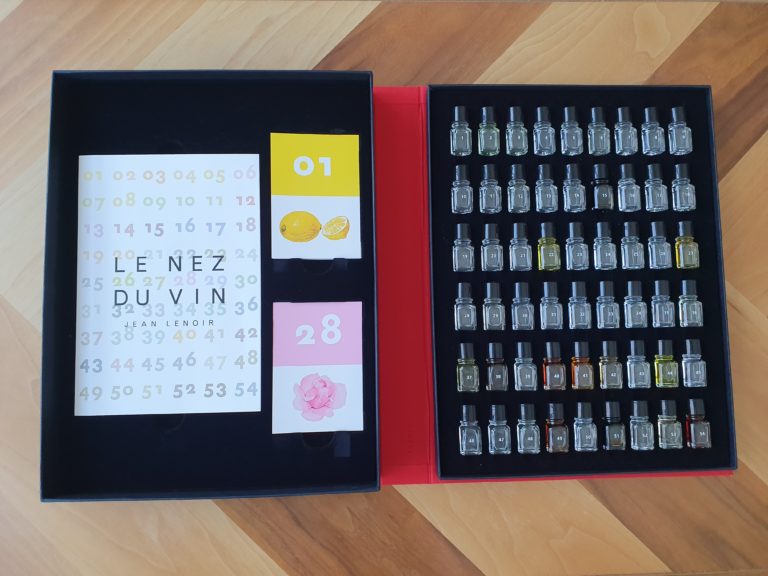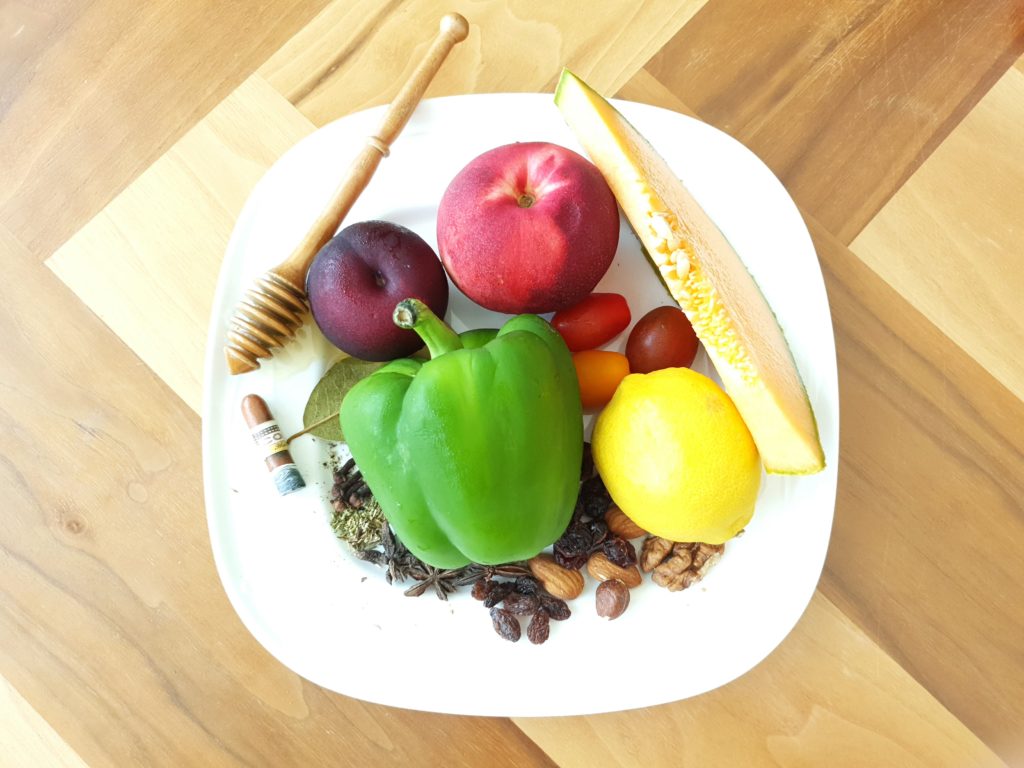Learn how to smell wine aromas like a pro!
One thing that was always fascinating was to learn things and acquire information that most probably I will never use!
Everyone has their thing, I guess.
But for some reason, when I firstly got intrigued by that elderflower aroma in Sauvignon Blanc everyone was talking about, and it is so obvious that was there, and yes, it’s definitely elderflower – one of the basic wine aromas – I was left with my nose stuck inside the glass, wondering what on earth is this elderflower!!!
My dear friend, Google, showed me a photo of a pretty flower I had never seen before in my life. The Greek translation was even more misleading. And there I was, rolling my eyes every time someone would spit out the word elderflower. Cause, you know, it’s obviously there, you don’t need to tell us! Dah…
A few weeks after, I stumbled upon the most wise advice ever:
“if you want to smell, you need to start smelling”
So, here I am putting together a few tips on how to become a better sniffer (is that a word?) because indeed you can develop this super critical sense of yours. That will help you identify easily various wine aromas.
Let’s start:
Train your brain
Odors or aromas have by far a very close connection to your brain. Remember that elderflower? Had I seen or smelled it before, I would have more easily made the connection and reach the a-ha moment of yes, I smell elderflower.
On the same concept, you train your brain by firstly exposing yourself, well, your nose and let it work. In our everyday life we just smell subconsciously… the garbage left at the street, the perfume of that lady in the lift, the bread outside the bakery. We smell and we forget. But if you actually start paying attention to your ability of smelling, you will immediately become more conscious of the different aromas that meet you on a single day.
Get your nose on or in everything
You pick tomatoes? Smell them first. You buy a book? Smell it.
You are at an oriental market? Pick every single spice and bring it close to your nose. Smell your partner, smell your neighbour’s food. It is actually the warmth of your breath that will let more molecules reach the back of your nose and therefore your brain. And that’s how you might actually recognise some more different smells on the bread that you so confidently thought you knew. You might start identifying how specificaly the yeast smells in the bread, for example.
Take small, bunny like, sniffs
Whenever you are performing the act of smelling (I said the act of smelling. Thank you!) really mean it and enjoy it!
Short, quick sniffs make more scents stick to your receptors that will continue to your brain and create that memory for you.
Smell the wine and Think!
Whenever you are smelling something, try to describe it, name it, identify the source of it… with words. You literally might start by connecting your existing memories, like the smell of your grandmother’s cupboard with the fancy glasses. Not many people will relate to these first descriptions, but eventually you’ll learn how to name it in a common for everyone language.
Ask for it
Take the opportunity to develop your ability to smell by closing your eyes and start identifying scents of things you already know. You have smelled a strawberry more than 3 billion times (approximately), but if someone would bring you unexpectedly one under your nose, with you having your eyes closed, how confident are you that you would name it immediately? I bet it’ll take a few “oh I know this one, I know it, I know it… don’t tell me. Smells sweet.. Damn it… I know it… Oh strawberry!”. And that’s one of the basic wine aromas!
Get the tools
Just before my WSET Level3 training, I got as a gift the famous “Le Nez du Vin”. A kit of 54 glass bottles, with the most common aromas of red and white wine and an explanation booklet for your convenience. But if you’re not sure about the difference in the smell of orange and grapefruit, blueberry and blackberry, mushroom and wet leaves, then this kit is definitely helpful. Plus, it’s something nice to have in your house; it’s a good story starter!

And that’s it! Now you know what you have to do.
And if you want more, keep reading for the random information about smelling and noses that… hmm… I bet you’ll use on your next story!

